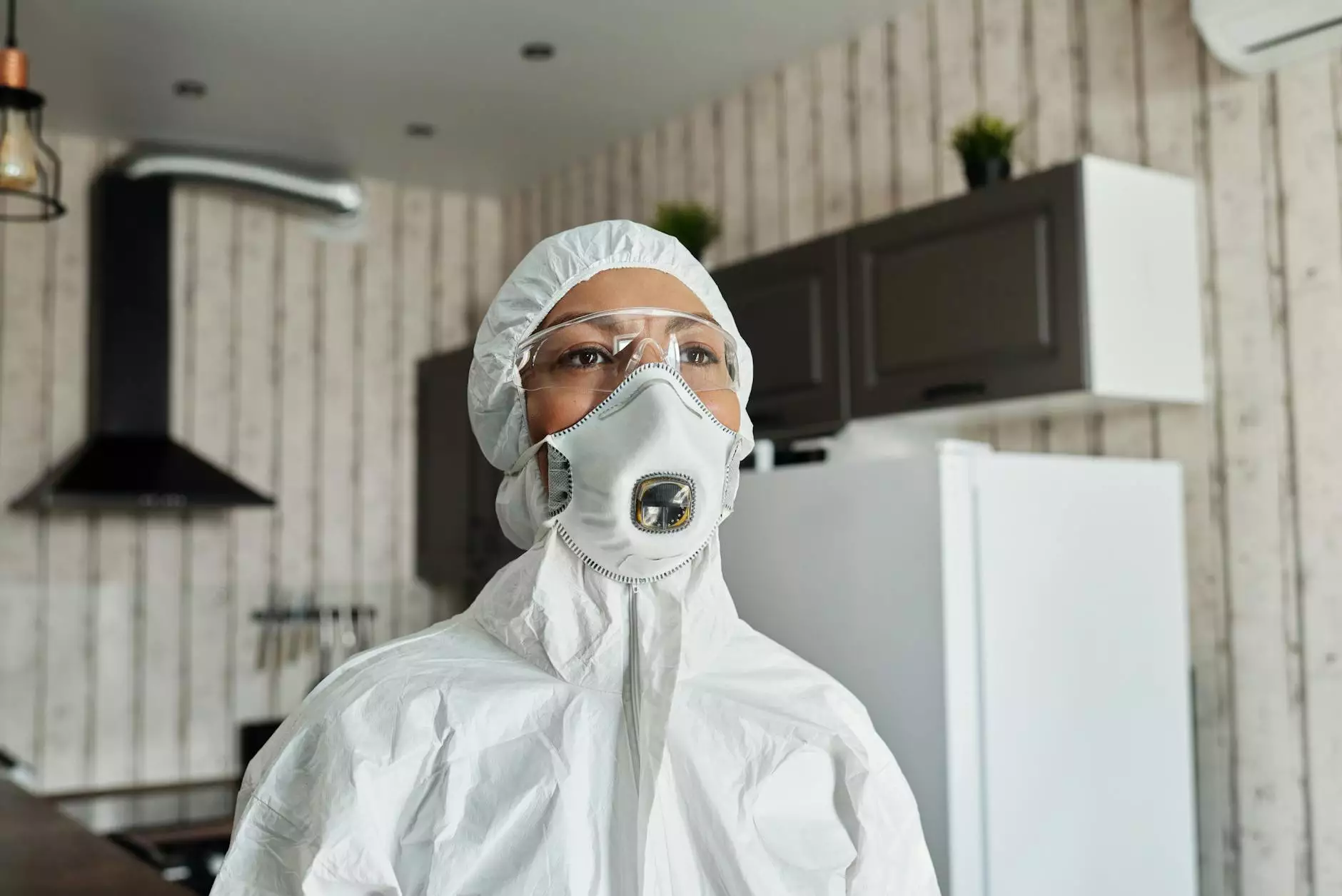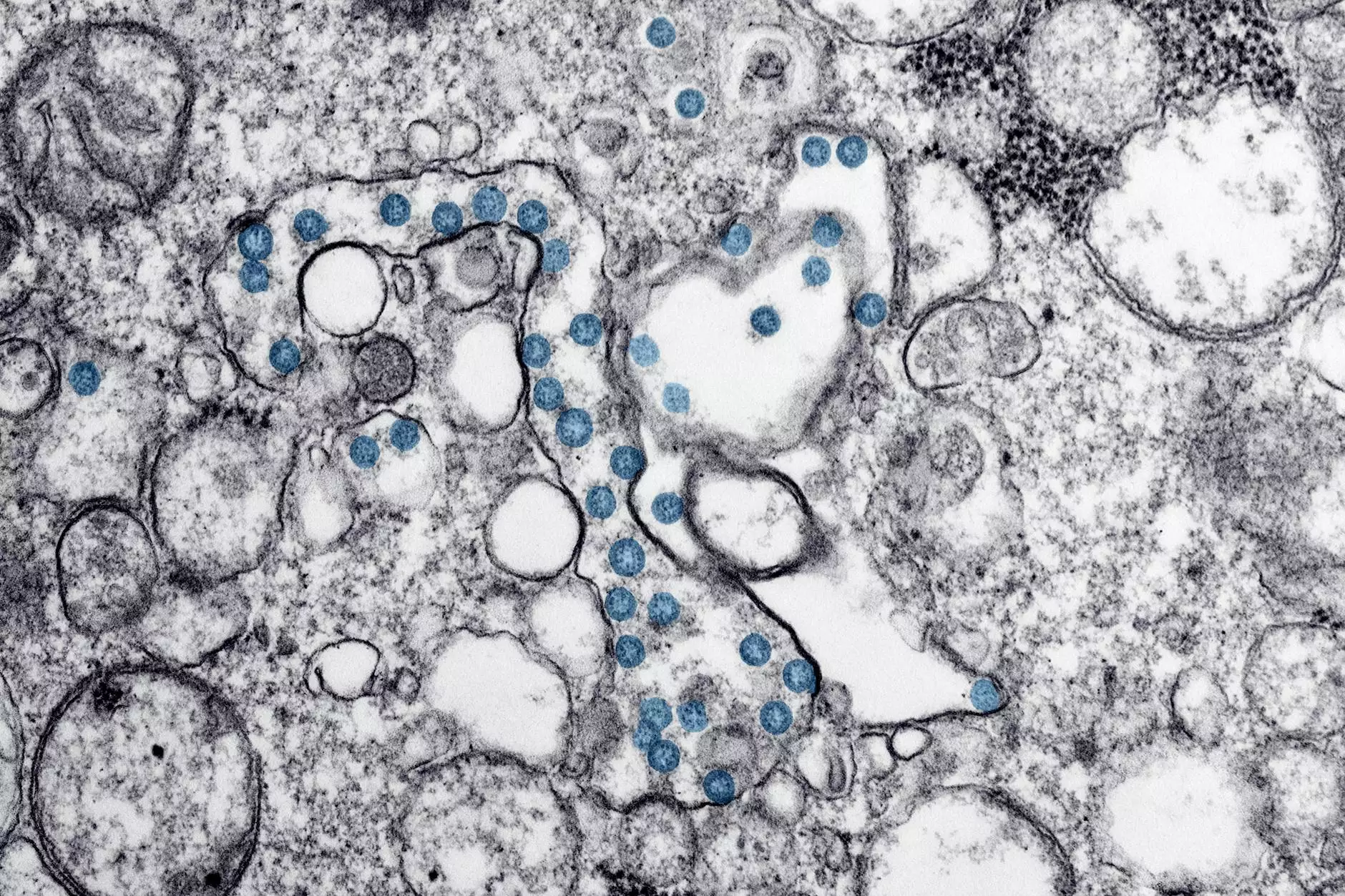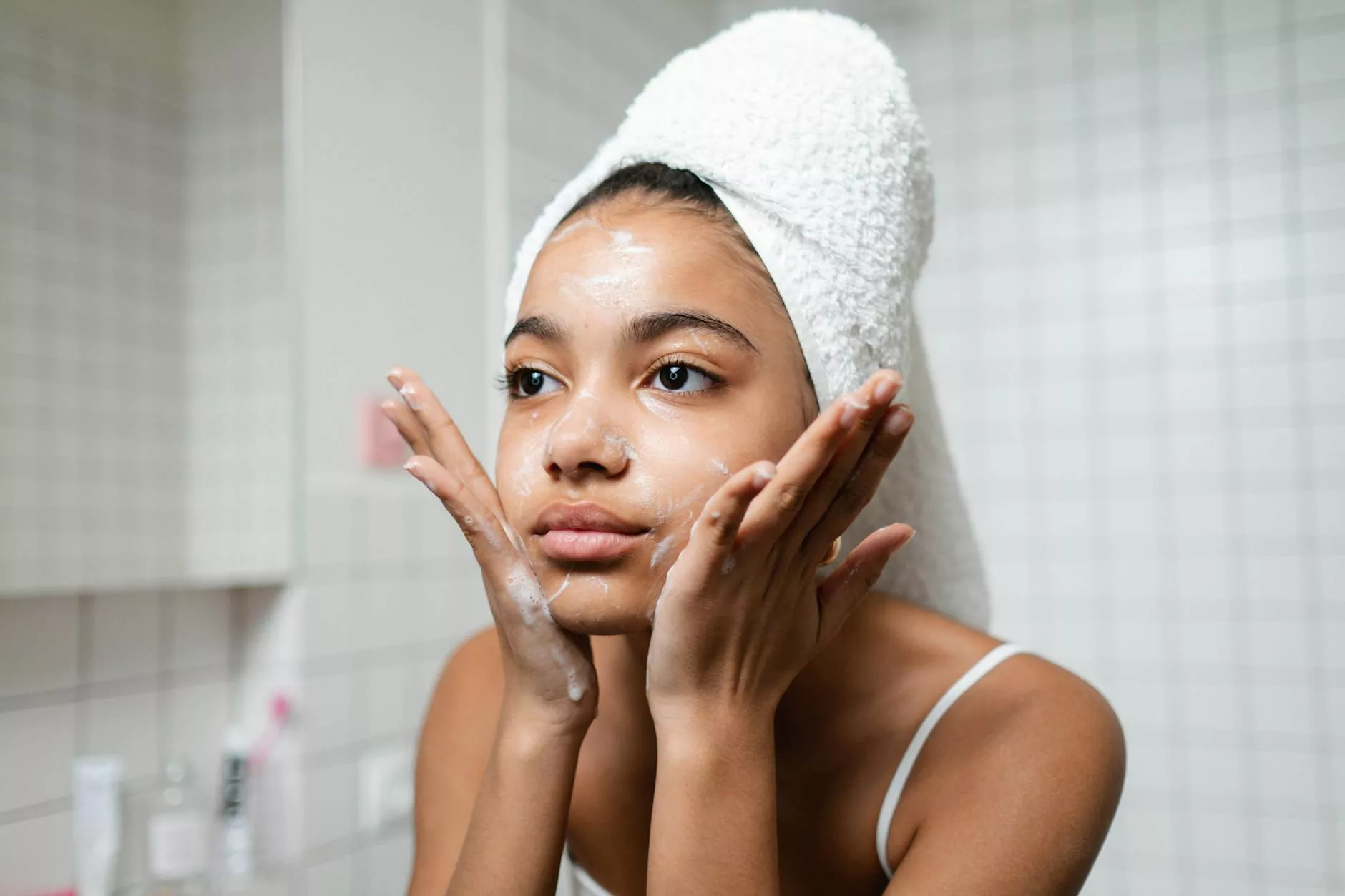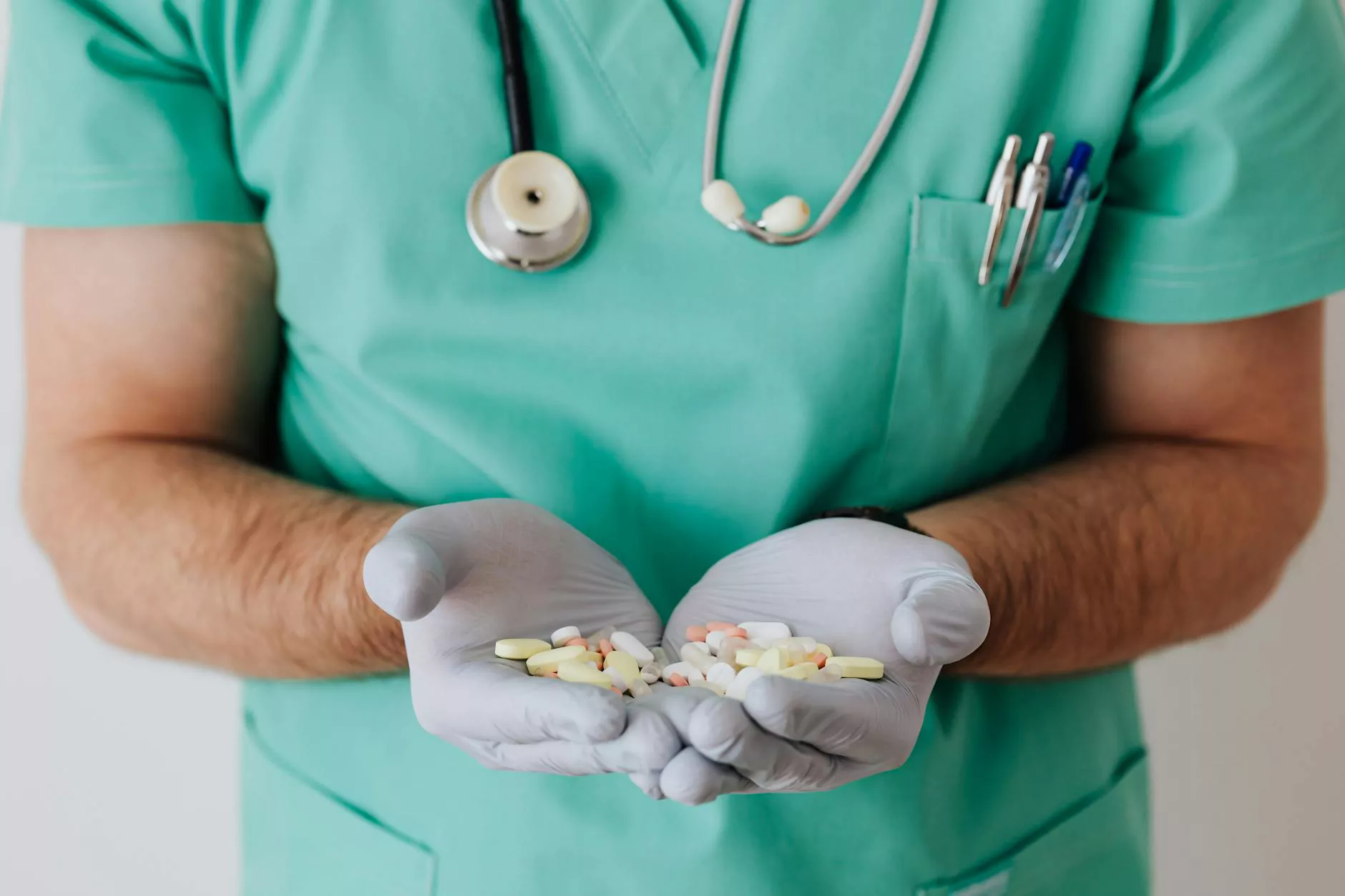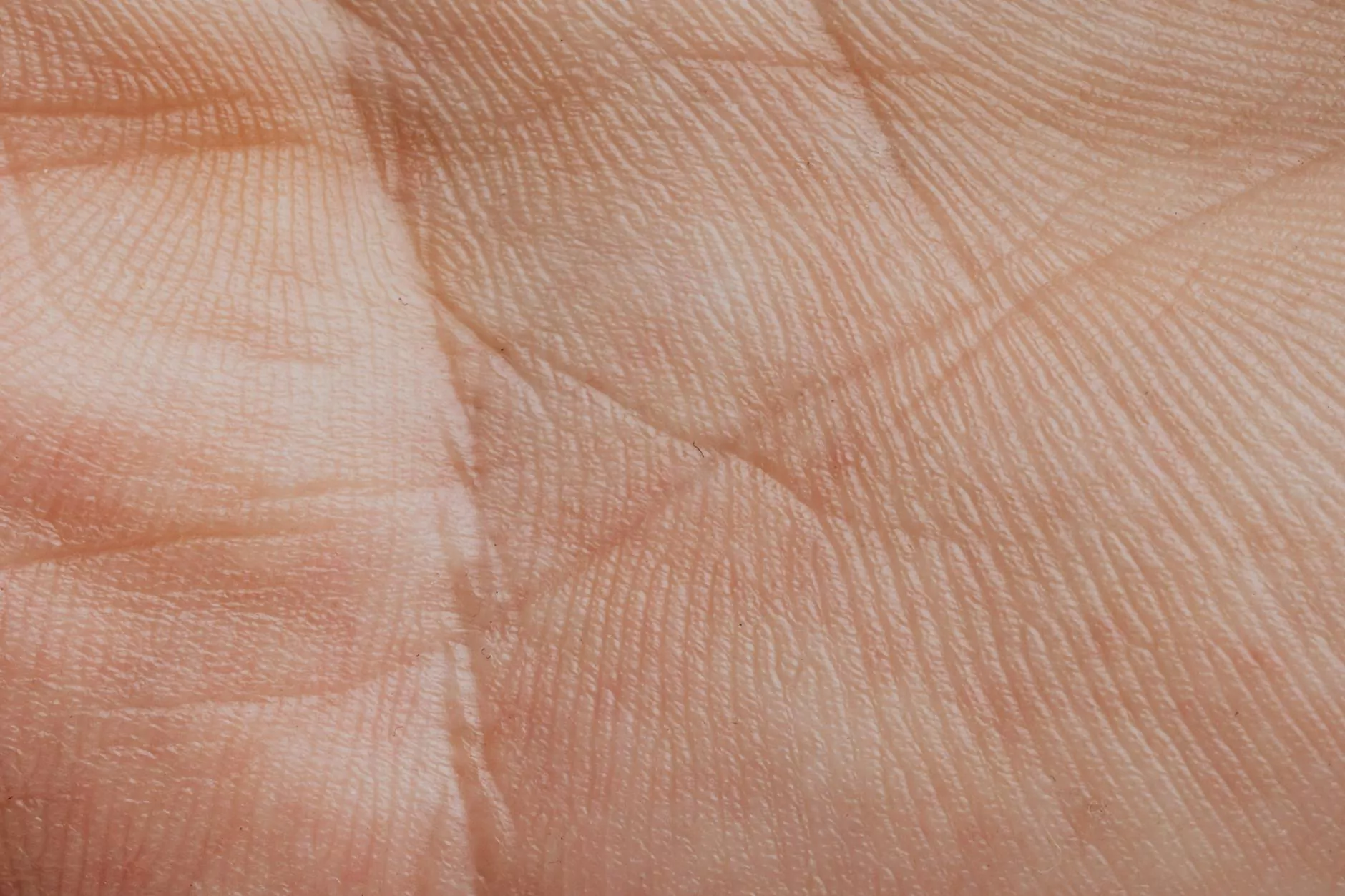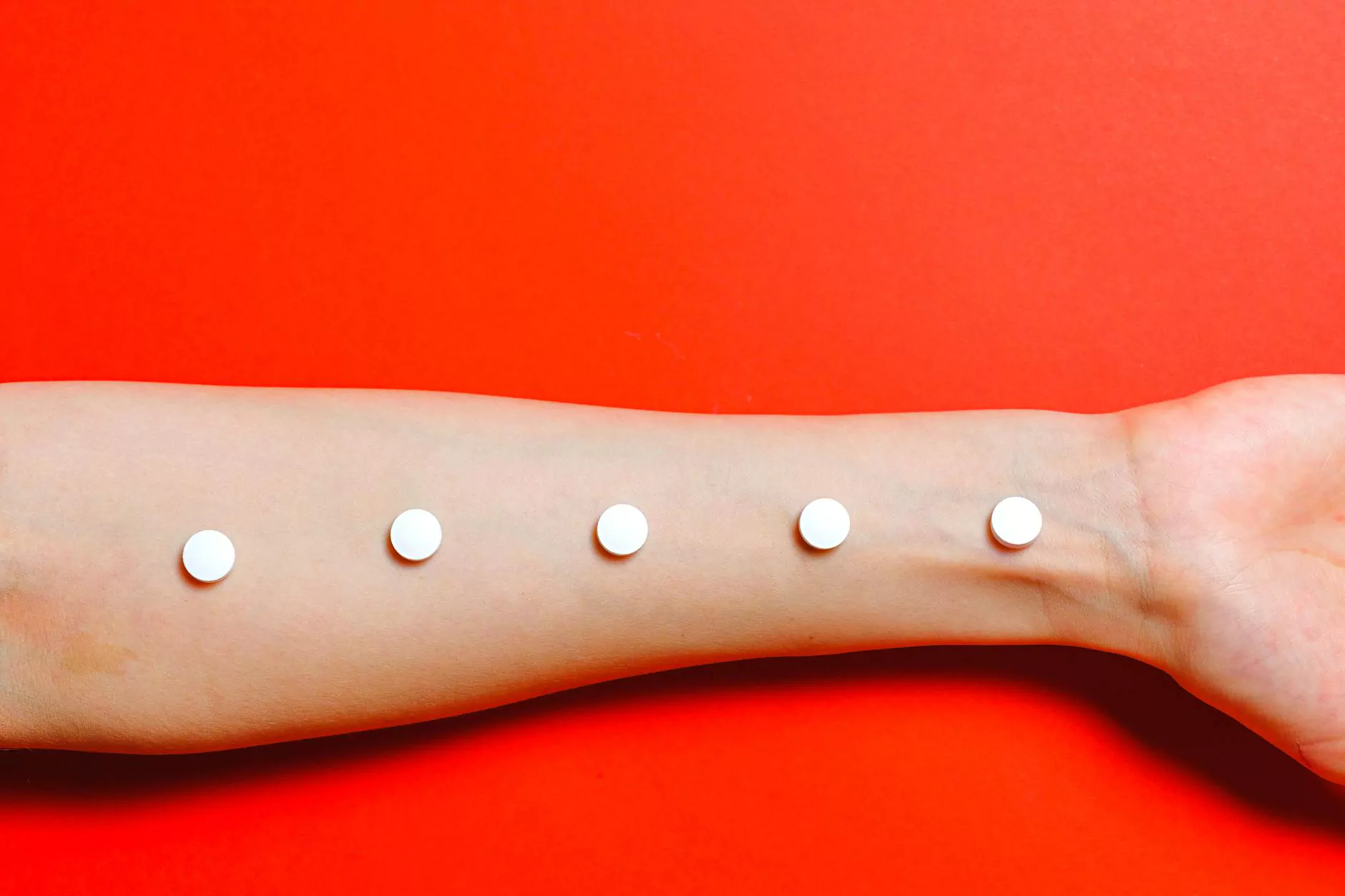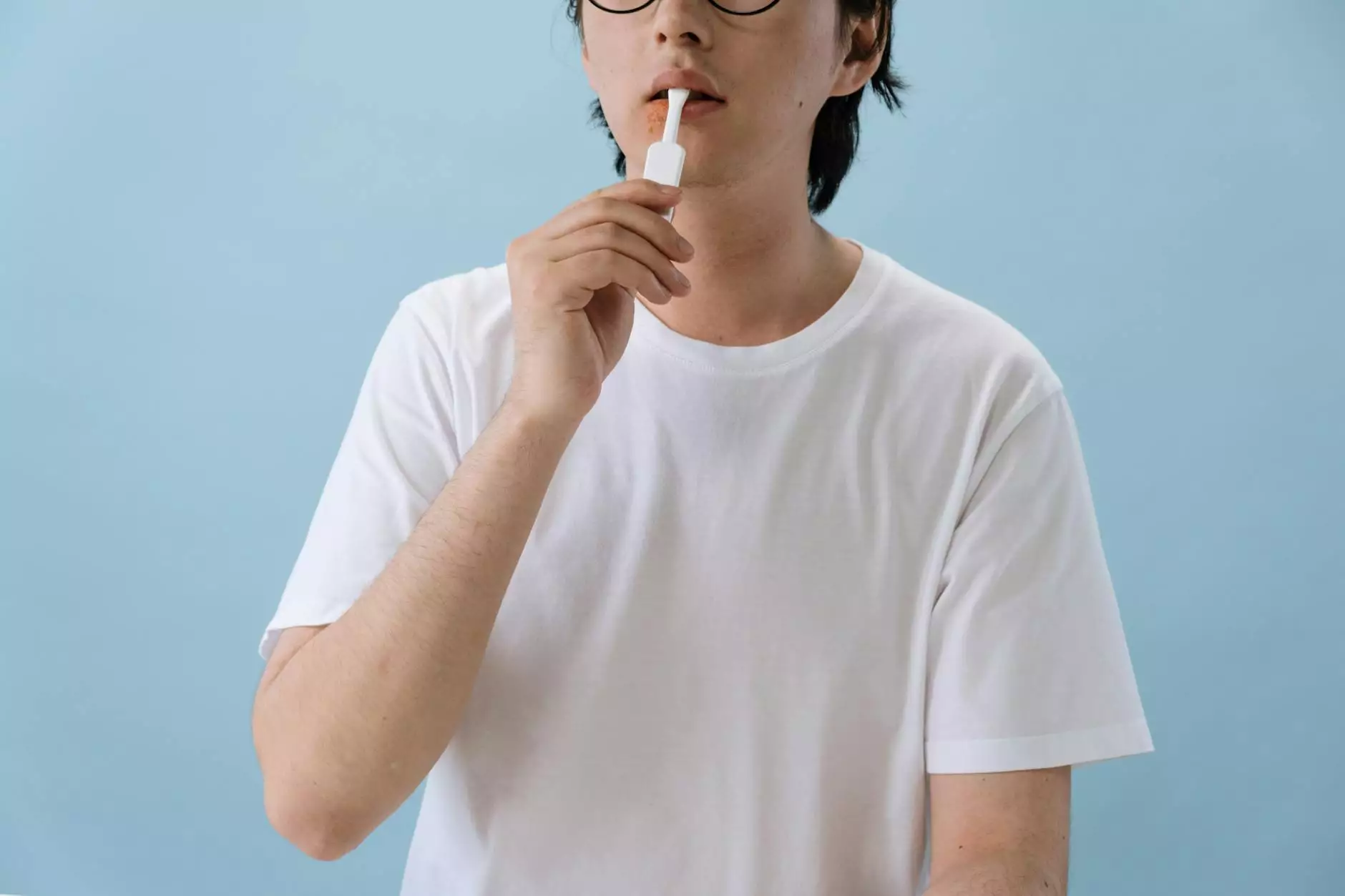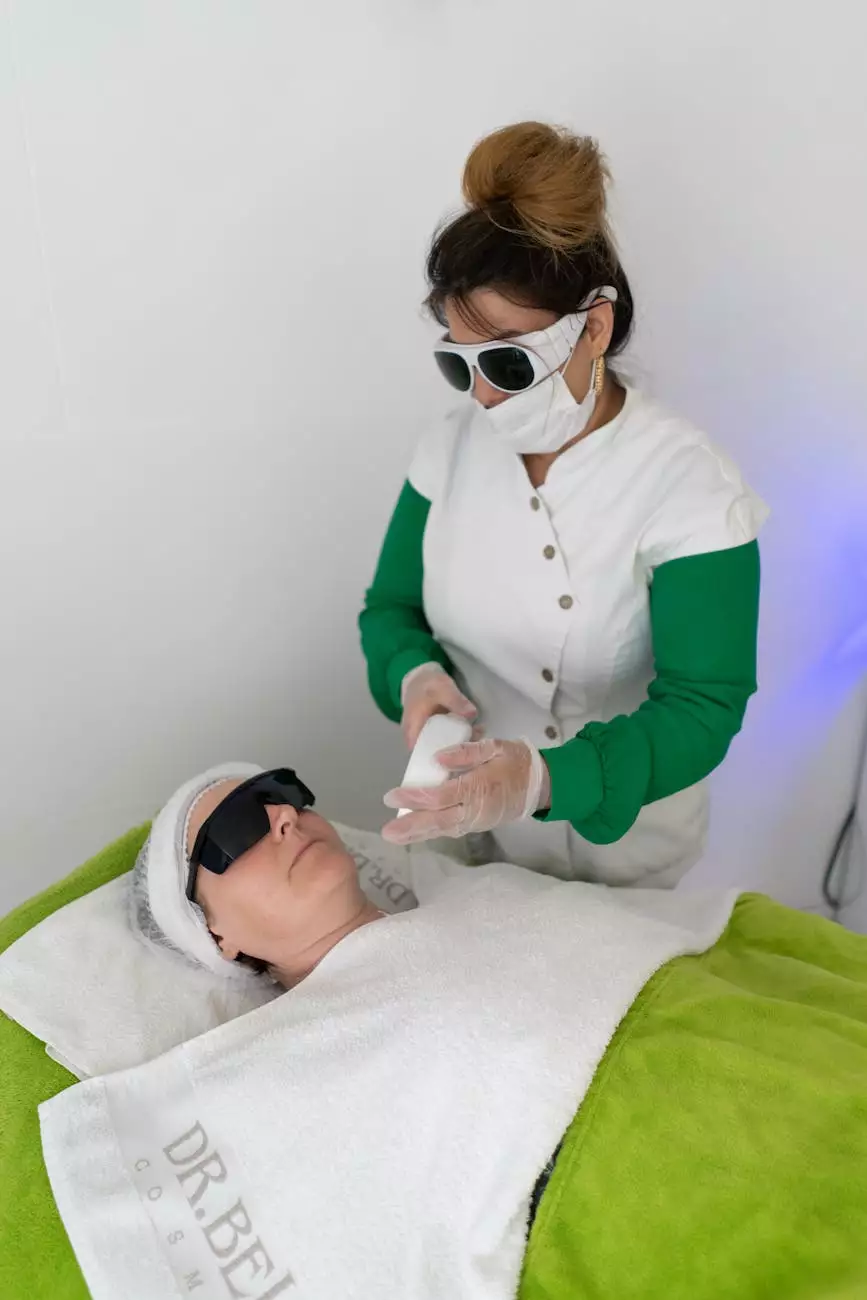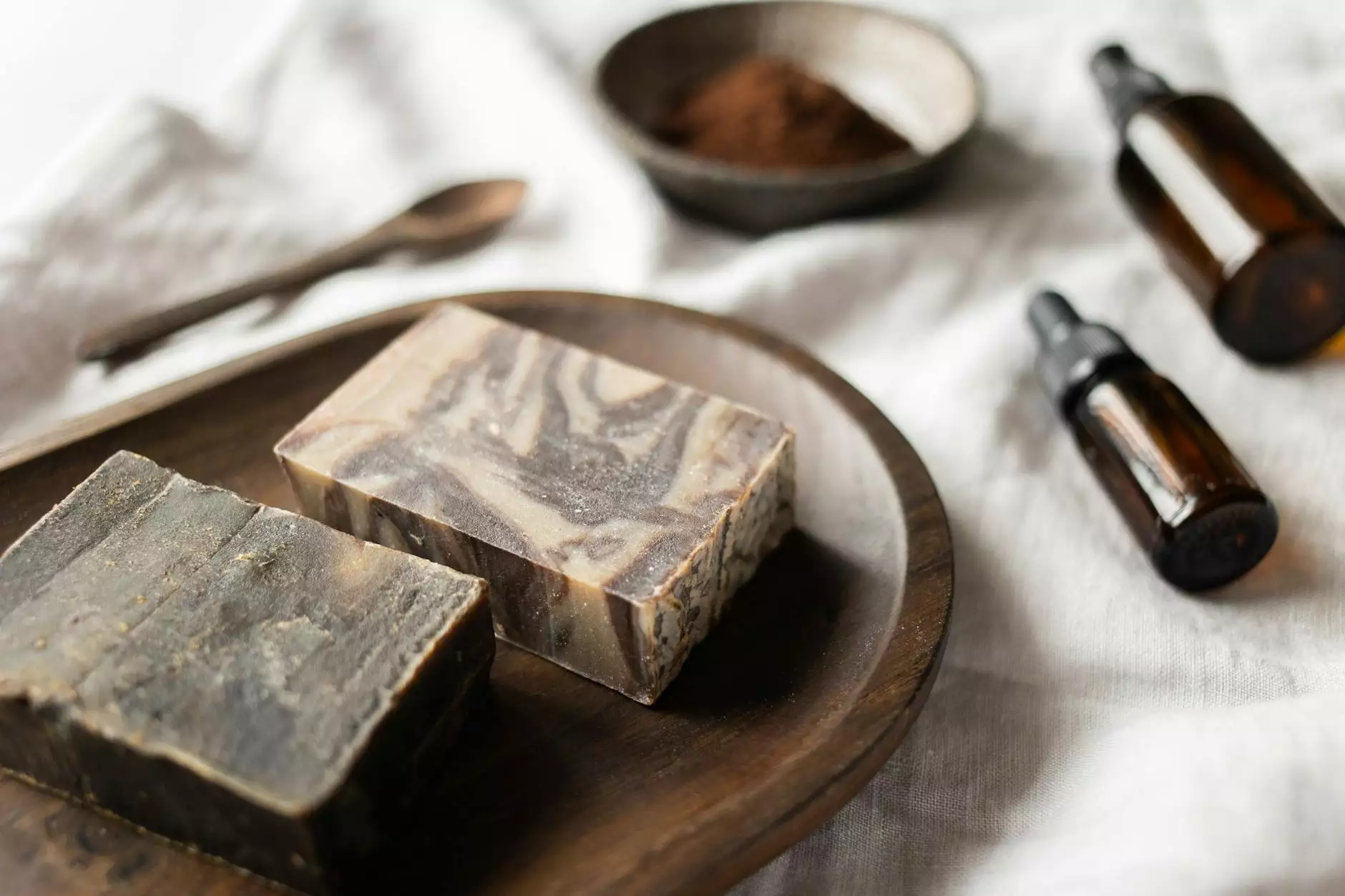Acne Guide: Achieving Clear and Healthy Skin

Introduction
Welcome to The Enchanted Bath's comprehensive guide on acne, designed to help you understand and effectively manage this common skin condition. In this article, we will delve into the various types of acne, the causes behind it, the symptoms to look out for, and most importantly, proven remedies and prevention techniques to achieve clear and healthy skin. So, let's start our journey towards beautiful skin!
Understanding Acne
Acne, the bane of many individuals' existence, is a skin condition characterized by the occurrence of pimples, blackheads, whiteheads, cysts, and nodules. It can affect people of all ages, although it is most common during adolescence due to hormonal changes.
There are different types of acne, including:
- Whiteheads: Small, flesh-colored or white bumps that occur when pores become clogged with oil and dead skin cells.
- Blackheads: Open clogged pores that appear black due to oxidation, commonly associated with excess oil and dead skin cell accumulation.
- Papules: Small, pink bumps that can be sensitive to touch, caused by inflammation and bacteria in the pores.
- Pustules: Red, tender bumps with a white or yellow center, indicating the presence of pus beneath the surface of the skin.
- Cysts: Deep, painful, pus-filled lumps that form beneath the skin and often leave scars. They require special attention and should not be squeezed.
- Nodules: Large, painful bumps deep in the skin, similar to cysts but without the pus. They are often associated with severe acne and have a higher risk of scarring.
Causes of Acne
Acne is caused by various factors, including:
- Hormonal Changes: Hormonal fluctuations, especially during puberty, can lead to increased oil production, making the skin more prone to acne.
- Excess Oil Production: Certain hormonal conditions and genetic factors can contribute to excessive oil production, clogging the pores and leading to acne.
- Bacterial Infection: The presence of certain bacteria, such as Propionibacterium acnes, on the skin can contribute to the development of acne.
- Clogged Pores: When dead skin cells, excess oil, and bacteria accumulate, they can clog the pores, leading to acne breakouts.
- Inflammatory Responses: Inflammation within the skin can cause redness, swelling, and the formation of various types of acne lesions.
- Dietary Factors: While research is ongoing, some studies suggest that certain dietary choices, like a high glycemic index diet or dairy consumption, may worsen acne symptoms in some individuals.
Symptoms and Signs
The signs and symptoms of acne can vary from mild to severe and may include:
- Pimples: The presence of small, raised red or pink bumps on the skin.
- Blackheads and Whiteheads: Visible clogged pores, either open (blackheads) or closed (whiteheads).
- Inflammation: Redness and swelling around acne lesions.
- Pain and Discomfort: Acne can sometimes be painful or tender to touch, especially when cysts or nodules are present.
- Scarring: Severe acne can leave behind scars, which may require additional treatment to improve their appearance.
Treating and Preventing Acne
Now that we have a better understanding of acne, let's explore some proven remedies and prevention techniques:
1. Cleansing the Skin
Cleanse your skin twice a day using a gentle cleanser formulated for acne-prone skin. Avoid harsh scrubbing, as it can irritate the skin and worsen acne. Consider using products containing salicylic acid or benzoyl peroxide, which can help unclog pores.
2. Avoid Touching Your Face
Avoid touching your face with dirty hands, as it can transfer bacteria and oils, leading to more breakouts. Resting your chin or cheeks in your hands can also contribute to the spread of acne-causing bacteria.
3. Use Non-comedogenic Products
Opt for non-comedogenic, oil-free, or water-based products to avoid clogging the pores. This includes cosmetics, sunscreens, and moisturizers. Look for labels specifically mentioning that the product does not clog pores.
4. Maintain a Healthy Diet
While there is no one-size-fits-all diet for acne, adopting a well-balanced diet rich in fruits, vegetables, whole grains, and lean proteins can support overall skin health. Avoid excessive consumption of sugary, processed, and high-glycemic foods that may contribute to acne flare-ups.
5. Manage Stress Levels
Stress can aggravate acne, so it's essential to find healthy ways to manage stress levels. Engage in relaxation techniques, such as meditation, yoga, or deep breathing exercises.
6. Avoid Popping or Squeezing Acne
Resist the urge to pop or squeeze your acne lesions, as it can cause further inflammation, infection, and potential scarring. If necessary, seek professional help from a dermatologist for safe acne extraction.
7. Topical Treatments
Consider using topical treatments containing ingredients such as benzoyl peroxide, salicylic acid, or retinoids. These can help target bacteria, unclog pores, and promote skin cell turnover, reducing acne breakouts over time.
8. Professional Guidance
If your acne symptoms persist or worsen despite home remedies, it's crucial to seek professional guidance from a dermatologist. They can assess your skin condition, provide personalized recommendations, and prescribe medications if necessary.
Conclusion
Clear and healthy skin is attainable with the right knowledge and practices. By understanding the different types of acne, their causes, and implementing effective prevention and treatment techniques, you can regain your confidence and enjoy a complexion that truly shines. Remember, though acne can be frustrating, it is a common condition that can be managed with patience and commitment. Embrace a consistent skincare routine and consult a professional when needed, and soon you'll be on your way to beautiful, acne-free skin!


